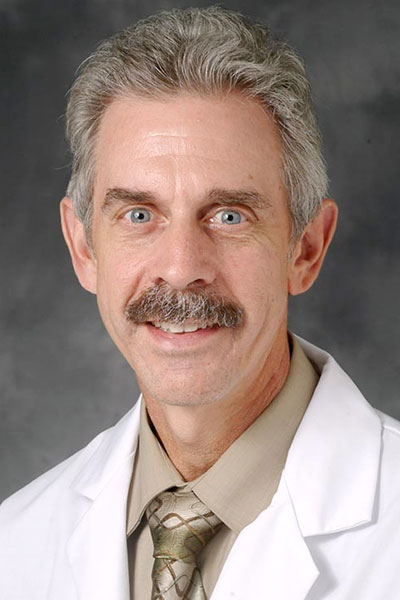
Liberation from mechanical ventilation represents a daily challenge for physicians practicing in the ICU, a challenge that is amplified when dealing with complex or high-risk patients.
At CHEST 2022, a panel of critical care experts will review the latest evidence-based guidance for liberating these patients during the session, Strategies for Liberating the Complex Patient from Mechanical Ventilation, on Tuesday, October 18, from 4:00 PM – 5:00 pm, in Room 101DE.
“Patients who are on a ventilator where the course has been relatively uncomplicated, or they haven’t any long-term condition, are usually liberated pretty easily and expeditiously. It’s the complex patient where the decision point becomes really challenging,” said Session Chair, Daniel Ouellette, MD, MS, FCCP, associate professor of medicine at Wayne State University School of Medicine and director of the pulmonary general practice unit at Henry Ford Hospital in Detroit.
Among the most challenging patients, and the ones most likely to fail liberation, he said, are those with obstructive pulmonary disease or heart failure or who have respiratory acidosis in the setting of their ventilator treatment.
“Optimum timing is key to liberating these patients, leaving clinicians with a complex decision about exactly when to take somebody off the ventilator,” Dr. Ouellette said. “We also know that the longer a person is on the ventilator, the more likely they are to die in the hospital, and at the same time, we know that patients who are liberated from the ventilator but then subsequently fail also have a very high mortality rate.”
Dr. Ouellette will open the session with a review of noninvasive ventilatory modes, including positive-pressure mask ventilation, following mechanical ventilation to reduce reintubation rates.
Hafsa Abdulla, MD, pulmonary and critical care resident at Henry Ford Hospital in Detroit, will follow with a discussion on the application of augmented inspiratory pressure during spontaneous breathing trials (SBTs).
“For patients who meet certain standard screening criteria, we know that doing a daily SBT is the best assessment tool to determine if somebody is ready to be liberated from the ventilator. What is a matter of controversy, particularly with complex patients, is exactly how to perform those SBTs,” Dr. Ouellette said. “One of the things we’ve learned is that the use of augmented inspiratory pressure during SBT facilitates the patient’s performance and allows us to identify earlier in their course those patients who are safe to be liberated from the ventilator.”
John Kress, MD, FCCP, professor of medicine and director of the medical intensive care unit at University of Chicago Medicine, will conclude the session with a review of optimal sedation protocols to facilitate the liberation of patients from mechanical ventilation.
“We often need to employ sedation strategies in ventilated patients to make ventilation comfortable for patients; however, if we provide too much sedation, we can block the patient’s performance on SBTs, or we can depress their respirations, which can lead to a longer time on the ventilator or unsuccessful outcomes,” Dr. Ouellette said. “So, sedation strategies that involve daily interruption to allow the patient to wake up and let us assess them, as well as strategies that focus on minimizing sedation wherever possible, are very important.”
Join us at CHEST 2025
Save the date for the next Annual Meeting, October 19 to 22, 2025, in Chicago. CHEST 2025 will explore the latest advancements in pulmonary, critical care, and sleep medicine, with a focus on innovation and the future, just as the city itself embodies progress and reinvention.





